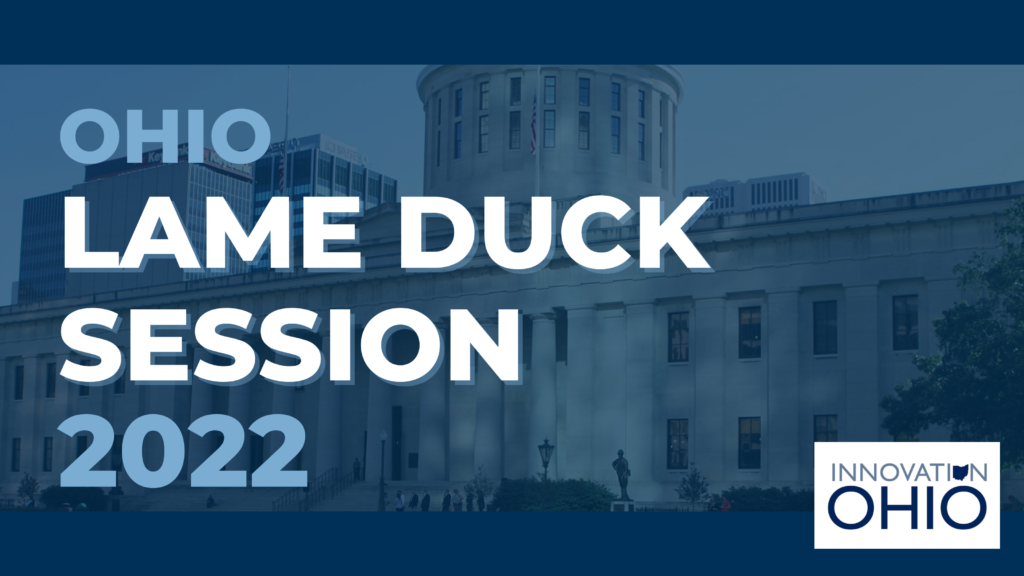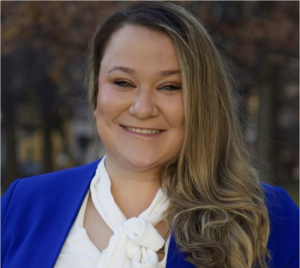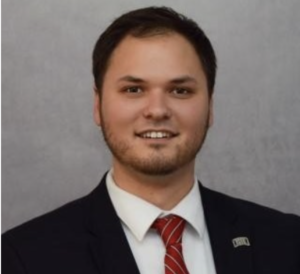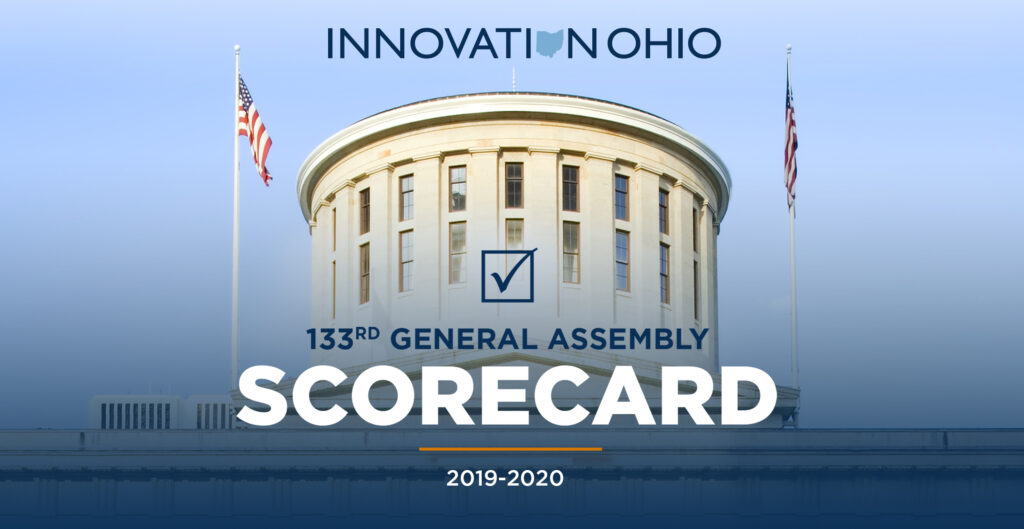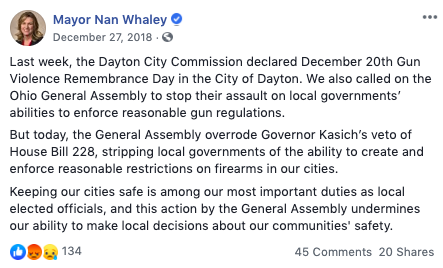This week, the Ohio legislature begins its Lame Duck session.
In Ohio, Lame Duck occurs every two years between Election Day and December 31st, before the newly elected legislators are sworn in.
Any bill that hasn’t yet passed must be signed into law by the end of the year. Otherwise, the bill dies and must be reintroduced next term.
Ohio’s Republican Statehouse supermajority often tries to quietly pass their most controversial bills during Lame Duck.
Throughout this chaotic period, we’ll be tracking some of the most important legislation and sending out regular calls to action.
Make sure you’re following Innovation Ohio on social media as well:
We’ll need your help to fight for and against life-altering bills over the next several weeks.
Your calls, emails, tweets, and testimony matter. Your voice matters.
